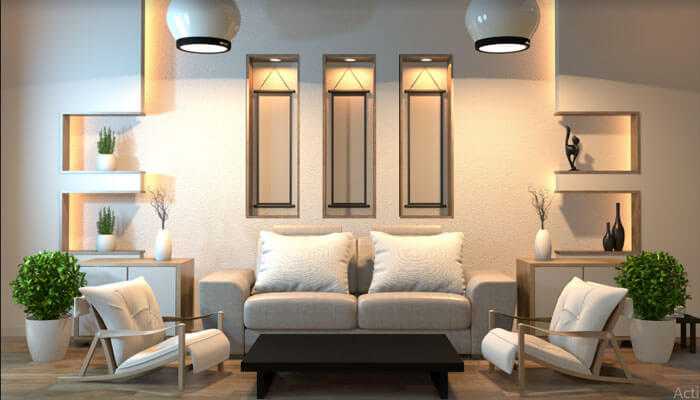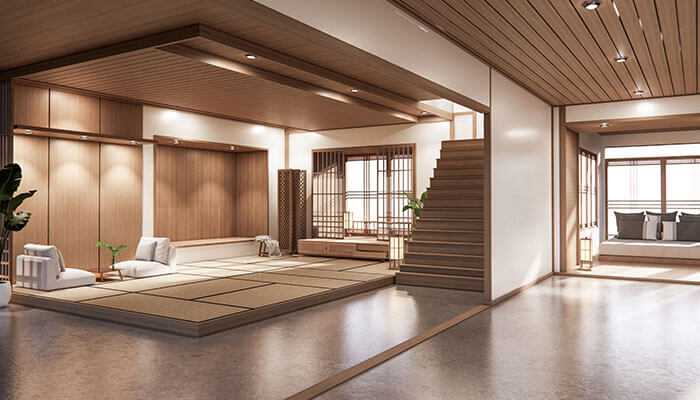Embarking on the path of learning about spaces and aesthetics can be an exciting experience. Interior design studies allow individuals to explore their creativity while mastering the art of transforming spaces into beautiful, functional environments. Whether for personal or professional growth, this field offers limitless opportunities for creativity and innovation. This article covers how interior design studies can shape your creative journey and prepare you for success.
Steps to Create a Journey Through Interior Design Studies
Understanding the Foundations of Interior Design Studies
An interior design course is the first step to building a strong foundation in this field. Students often begin by learning the principles of space planning, color theory, and materials. These foundational topics lay the groundwork for creating harmonious spaces that meet occupants’ needs. Understanding scale, proportion, and balance is crucial when arranging furniture and décor. These concepts ensure that each piece fits seamlessly into the space while maintaining visual appeal. For example, a small living room might require compact furniture and clever layouts to maximize utility without compromising aesthetics.
Students also dive into the emotional impact of colors, textures, and lighting. The choice of a warm, earthy palette can create a welcoming atmosphere. Meanwhile, cool tones might be better suited for professional settings. These elements come together to design environments that are not just visually appealing but also emotionally uplifting.
Nurturing Creativity Through Practical Assignments
Creativity is at the heart of this field, and practical work plays a major role in nurturing it. Assignments in layout studies encourage students to think outside the box and explore their unique style. From styling a cozy home office to planning a dynamic retail space, students engage in diverse projects. They experiment with layouts, choose materials, and create mood boards to visualize their ideas. These exercises not only build confidence but also prepare them for real-world scenarios.
Another important aspect of practical learning is the use of digital tools. Modern art education integrates software for creating 3D renderings, floor plans, and virtual walkthroughs. These tools help students present their ideas effectively and gain hands-on experience with industry-standard practices. This technical proficiency becomes a valuable asset when collaborating with clients or contractors.
Learning from History and Trends in Interior Design Studies
Knowing the history of design enriches a student’s perspective. Studying past styles, from mid-century modern to contemporary minimalism, helps students appreciate how cultural and historical contexts influence aesthetics. Historical knowledge acts as a foundation for creativity. It enables students to identify timeless elements from the past and blend them with modern preferences. For example, a designer might use vintage furniture in a contemporary setting, creating a fusion that feels both familiar and fresh.
Alongside history, staying updated on trends is equally important. Interior art evolves with time, and keeping pace with current preferences ensures relevance. Students explore topics such as sustainable practices, multifunctional furniture, and biophilic design. This further emphasizes the integration of natural elements into spaces. These trends reflect modern lifestyles and priorities, such as environmental consciousness and wellness-focused living.
Building Skills Beyond Aesthetics
Design is more than just making spaces look good—it’s about functionality, problem-solving, and empathy. Interior design studies emphasize understanding clients’ needs and preferences. Space experts must consider accessibility, safety, and practicality when planning spaces. Communication is another key skill emphasized in interior design studies. Professionals need to articulate their ideas clearly to clients, contractors, and collaborators. Courses often include exercises to improve verbal and visual communication. Learning how to create detailed presentations, renderings, and sketches ensures that an expert’s vision aligns with the client’s expectations.
Time management is equally vital. Designers frequently handle tight deadlines while managing multiple projects simultaneously. Training in time management helps students prioritize tasks and meet commitments without compromising quality. These non-technical skills are as important as creative abilities for success in the field.
Exploring the Path Ahead in Interior Design Studies
The study of space creation opens up diverse opportunities for students. Many graduates start their journey by working under experienced professionals. This helps them gain hands-on experience and refine their craft. Internships and apprenticeships also expose students to the operational side of the profession, such as budgeting, client relations, and project management. Others might choose to freelance or start their own businesses, providing their services directly to clients. This career path allows for creative freedom and the opportunity to build a unique brand identity.
Those with entrepreneurial ambitions can also expand into product composition or consulting, further diversifying their career prospects. Advanced interior design studies are an option for those looking to specialize further. Some focus on niche areas like sustainability, lighting, or set design for media. This level of expertise allows planners to carve a unique place for themselves in the industry. With the growing demand for personalization and innovation, specialization can offer a competitive edge.
The journey of mastering creative spaces begins with an interior design course. These courses offer a structured path to developing skills and confidence. With a blend of foundational knowledge, practical experience, and creative exploration, students are prepared to craft spaces that inspire and serve. As they step into this dynamic terrain, they carry the tools to turn dreams into reality, one room at a time.



